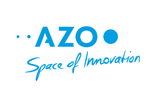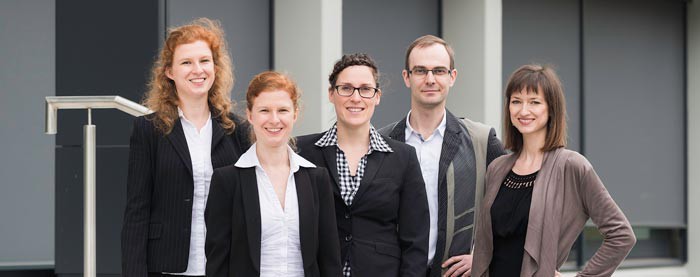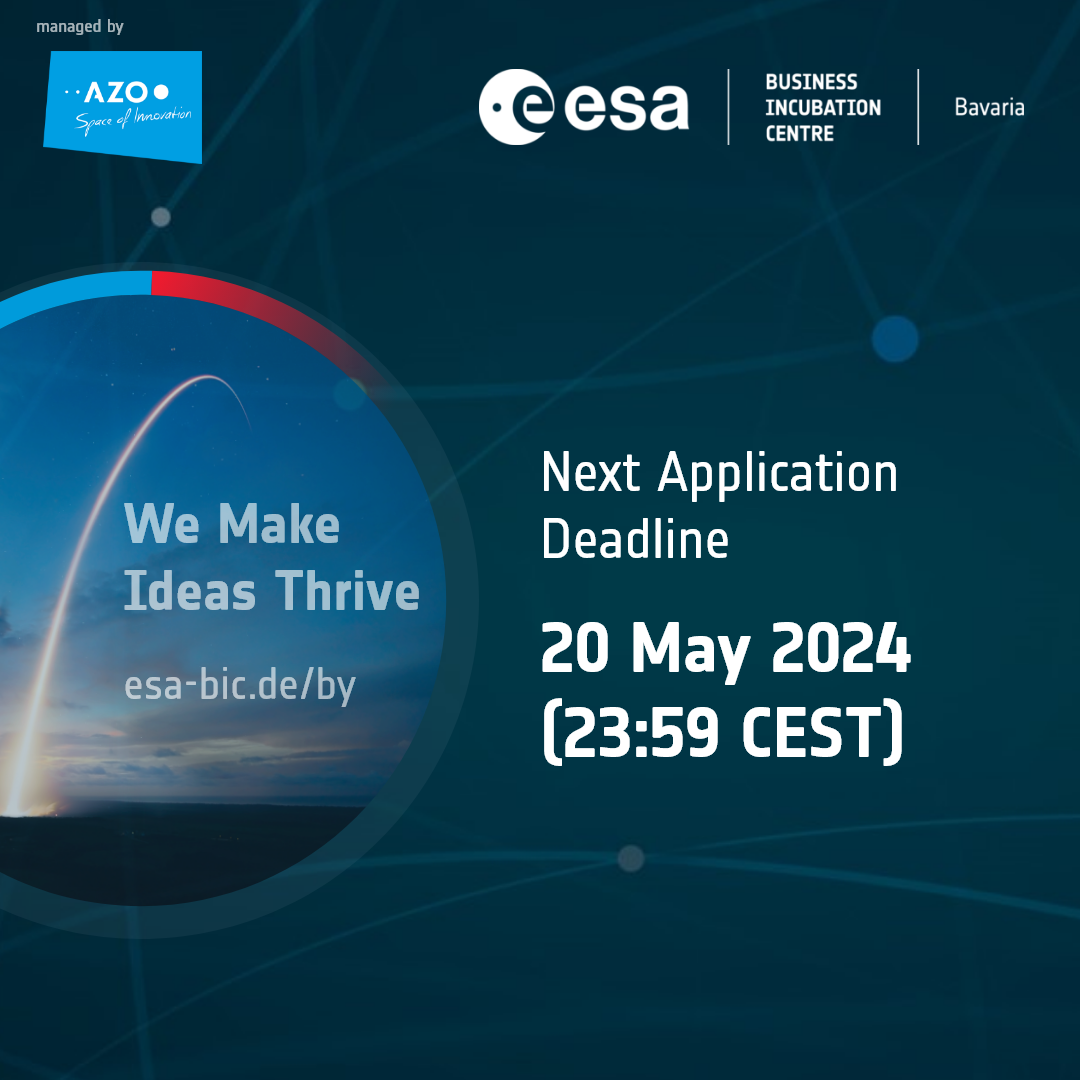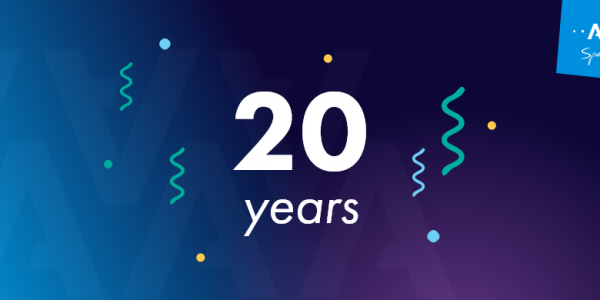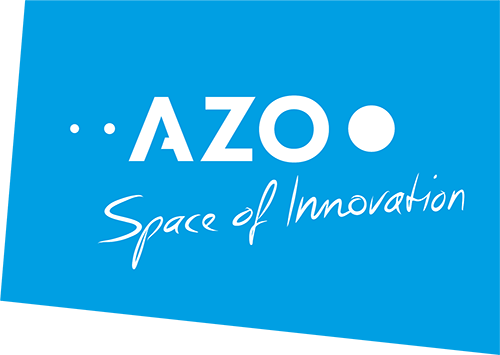The vibrotactile feelSpace navigation belt lets you feel where you should go. Orienting and navigating has never been so easy. The finalist of the ESNC Hesse Prize in 2016 and current incubatee at ESA Business Incubation Centre (BIC) Darmstadt has developed a belt that lets you receive navigation information straight on your skin. It is thus the ideal navigation device for various kinds of users, such as travellers and bikers. It also presents an ideal solution for people suffering from a visual impairment, poor sense of direction or any other condition that makes navigation a hassle. The belt guides you from A to B while your hands, eyes and ears remain free to explore the environment or monitor traffic.
Before applying for the ESNC in 2016, the business idea of the three founders was at its very beginning. The competition helped the team to re-think and refine its business idea, enabling the startup to jump-start its business afterwards with valuable support from the regional Challenge organiser, the Centre of Satellite Navigation Hesse (cesah).
Find out how to turn your business idea into real success. AZO Project Officer Luisa Wagner (LW) interviews Silke Kärcher (SK), CEO at feelSpace GmbH.
LW: Please give us a sneak peek of your product and the team behind it.
SK: In everyday life, information is usually processed through the two most important sensory channels: the eyes and the ears. Especially during navigation, we rely heavily on visual and auditory input: we look at displays, signs, maps or landmarks, and we hear announcements, warning signals or approaching traffic. Tactile (= sensed via vibration) navigation signals can help to relieve the stress on vision and hearing: research has shown that simple information presented through intuitively understandable tactile signals can be processed without constant attention.
feelSpace GmbH was founded by Silke Kärcher, Jessika Schwandt and Susan Wache together with Prof. Peter König from the University of Osnabrück in 2015. We research, develop, advise on and sell tactile information devices. Currently, we are concentrating on developing a tactile navigation belt to simplify navigation, with a special focus on accessibility for the blind and visually impaired. This product is based on years of research with compass belts at the University of Osnabrück. So far, the feedback from pilot customers has been enthusiastic!
LW: What was your company’s biggest challenge so far?
SK: We encountered several major challenges on different levels while setting up the company:
The first challenge we faced was a technical one: the navigation belt consists of both hardware and software. When we started, we did not yet realise just how challenging the integration of hardware and software would be. Luckily, we found many competent partners along the way, each of whom helped to bring development forward, step by step.
The second challenge we faced was the organisation of the company. All three CEOs have a Master of Science (M.Sc.) in Cognitive Science, so we had little experience in business planning, management, development, marketing and sales. Through coaching, workshops and lots of dedicated work, we were able to establish an efficient and effective organisation, structures and communication.
The third challenge we faced was the first round of financing, which is often a major stumbling block for startups. Finding an investment of more than half a million euros was challenging and forced us to directly tackle the two challenges above in order to present a convincing business case to investors. In the end, we successfully mastered all three challenges.
LW: Can you explain the three main ingredients of your recipe for success?
SK: Difficult to say. Hard work, a good team and a bit of luck, to sum it up. If we zoom in on the details, it looks like this:
Factor 1: A team that is 100% dedicated. Founding a company comes with many foreseeable and unforeseeable challenges, problems that are interesting and those that are not so interesting but need to be solved, and plenty of upheaval along the way. Having reliable teammates and knowing that everyone will do whatever is within their power to get the company going is essential.
Factor 2: Asking for help
When Jessika, Susan and I started out, we all had a Master’s degree in Cognitive Science, a great deal of enthusiasm about our business plan and, looking back, not much else to qualify us for the adventure ahead. But we started to ask for help early on. We participated in all the courses on founding we could find. We took advantage of every workshop we could get into. We talked to other founders who were a step or two ahead with their company development. We invited coaches to help us set up our organisational structures. It wasn’t all for free, but the investment paid off many times over.
Factor 3: Monthly check-ups with the network
Let’s face it: making mistakes is part of the learning curve for every founder. We have had our fair share of those. Luckily, we set up monthly meetings with our network early on, where we presented progress and problems. Having to admit a problem to the whole committee is never a comfortable situation, but it is the fastest way of finding a solution. And makes sure that development across all levels moves in the right direction.
LW: What do you expect from the ESNC? How did the competition and its network help you to kick-start your business case?
SK: The ESNC was extremely helpful for us in terms of reconsidering our business proposal. When we wrote our application, the structured questions helped us to re-think our value proposal. We seized the opportunity to change perspective: out of operative mode into meta level. Where are we now? Is our business plan up to date? Are the numbers still valid? Which key experiences change our view on things? Are there challenges ahead and are we using all our opportunities correctly? After completing the application, we had already made an important step forward.
LW: Let’s reach for the stars – what is going to happen in your company’s future?
SK: In our technologically advanced society, a larger amount of knowledge and information than any brain can handle is constantly available. Tactile displays can take pressure off auditory and visual channels and thus have a great deal of potential. feelSpace is riding on the cutting edge of that development. There are only a few wearables with actuators on the market today and, through our background in cognitive science, we know how to get these actuators just right, to feed the brain with simple information through tactile data, while freeing up the eyes and ears for more important tasks. Using a tactile display like our tactile belt for navigation is only the beginning! In the future, tactile information devices will be an important part of everyday life in our society.
LW: Anything else you want to share with us?
SK: Check out our website at http://www.feelSpace.de
